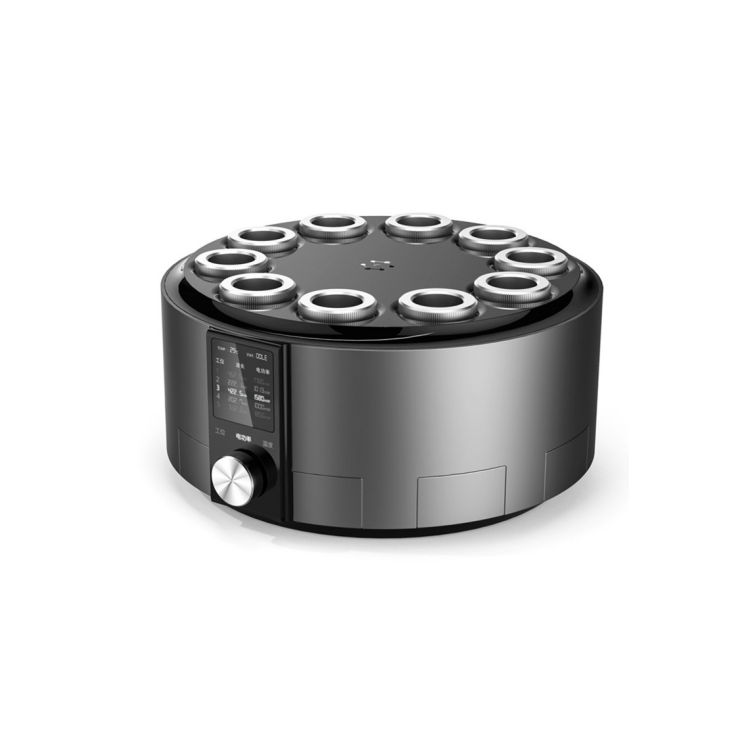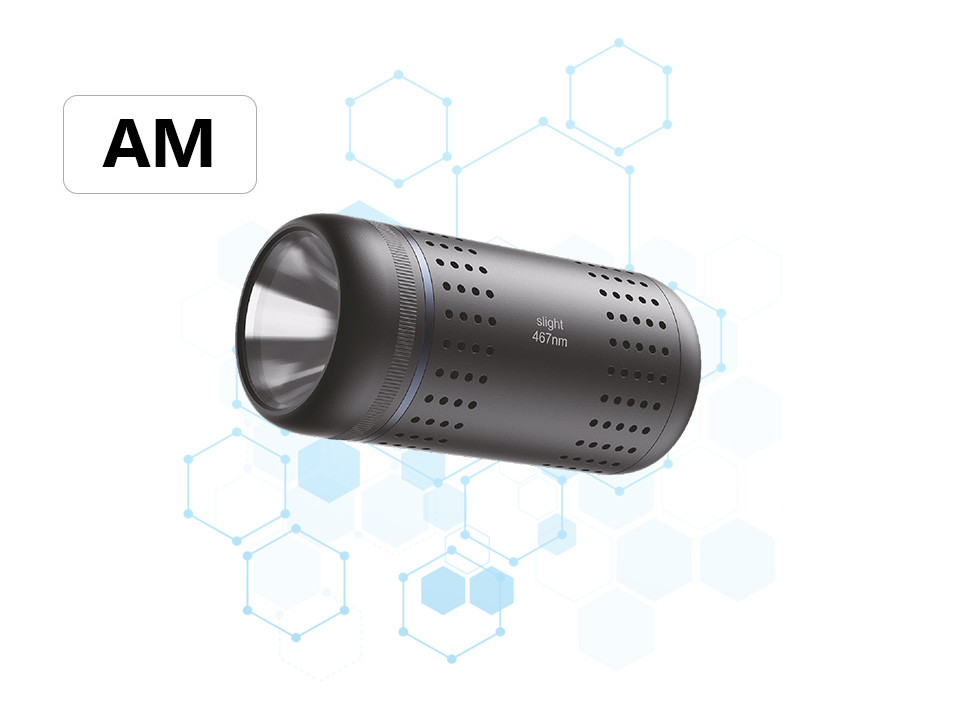How to Select an LED Photoreactor?

When choosing an LED photoreactor, comprehensive evaluation should focus on four core dimensions: light source performance, reaction system design, control functionality, and safety/scalability. Specific recommendations are as follows:
1. Light Source Performance: Wavelength Coverage and Stability Are Critical
Prioritize instruments offering multi-wavelength selectability with continuous intensity adjustment, such as models covering 365nm-940nm with 5nm precision tuning, enabling compatibility with diverse applications including photocatalysis, chemical synthesis, and material degradation. The energy concentration and stability of LED sources directly impact reaction efficiency—pay attention to light source lifespan (typically >20,000 hours) and intensity fluctuation range (recommended ≤±1%) to avoid irreproducible results caused by light decay or instability.
2. Reaction System Design: Balance Adaptability and Uniformity
Select models based on experimental scale requirements for reaction positions (e.g., 8-well, 12-well) and container specifications (e.g., 50ml quartz tubes). Opt for instruments supporting independent digital control of parameters like illumination, stirring, and temperature across different samples. Additionally, verify illumination method (e.g., 360° uniform irradiation vs. lateral irradiation) and irradiance uniformity (recommended ≤2%) to prevent localized overheating or uneven reactions.
3. Control Functionality: Strike a Balance Between Intelligence and Usability
Choose instruments equipped with touchscreen digital interfaces enabling real-time monitoring and feedback regulation of parameters such as light intensity, duration, and temperature. Some advanced models (e.g., CME-L1000) integrate data logging/export capabilities for subsequent analysis. For experiments requiring precise temperature control (e.g., photocatalytic hydrogen production or CO₂ reduction), confirm the presence of circulating water cooling systems or magnetic stirring temperature control modules.





